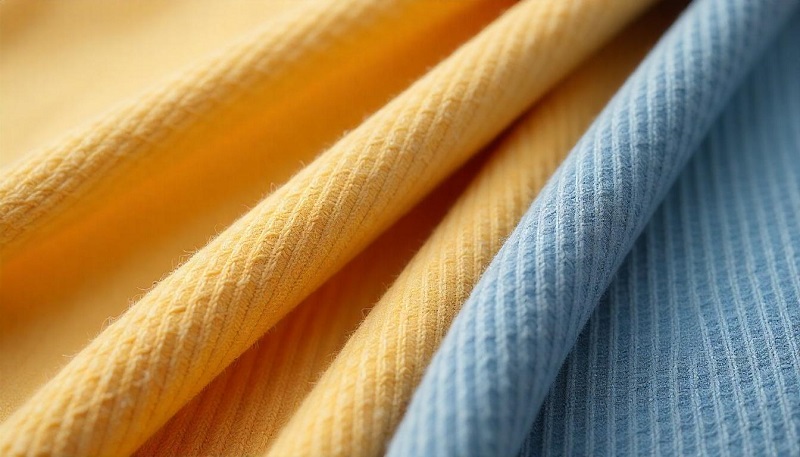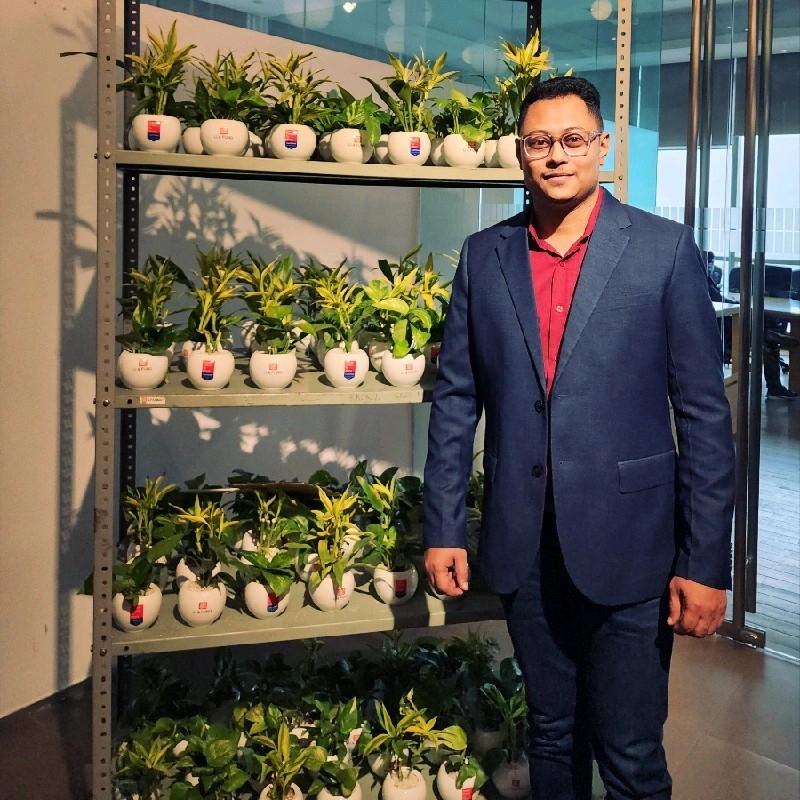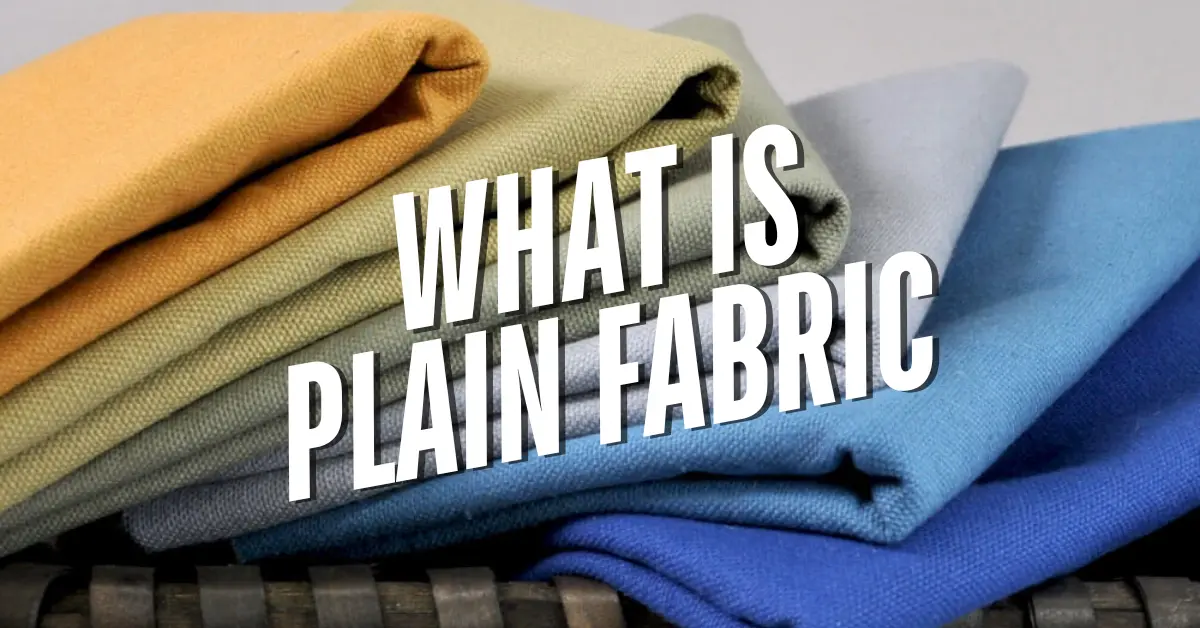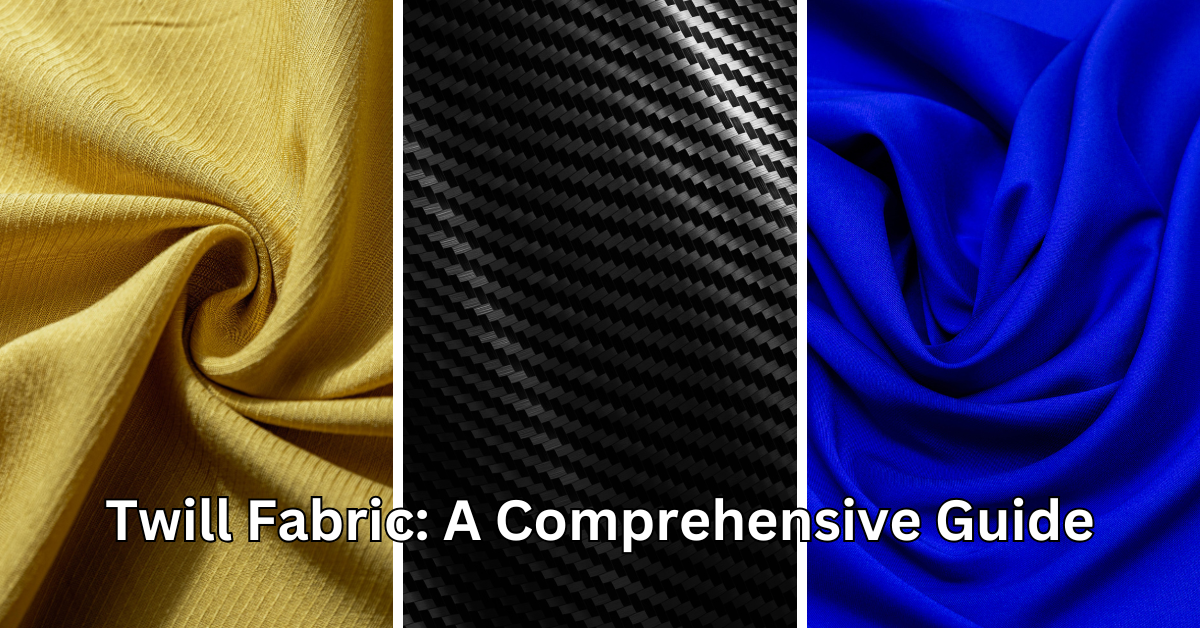Dobby fabric is a woven textile featuring geometric patterns and textures created with a dobby loom. It is widely used in apparel, home décor, and accessories for its unique aesthetic and functional benefits.
What is Dobby Fabric?
Dobby fabric is a type of woven textile produced using a dobby loom, which allows for the creation of small, intricate patterns. The fabric typically has a textured surface due to the raised geometric designs incorporated into the weave. Unlike plain weaves, where the warp and weft threads follow a basic crisscross pattern, dobby weaves use a mechanism that raises and lowers warp threads selectively to form complex designs.
Key Features of Dobby Fabric
- Pattern and Texture: Features small, repeating patterns such as diamonds, dots, squares, and floral designs.
- Durability: The weaving process strengthens the fabric, making it ideal for long-lasting use.
- Breathability: Natural fiber dobby fabrics like cotton and linen allow air circulation, making them comfortable to wear.
- Visual Appeal: The textured patterns add depth, making it a preferred choice in fashion and interior design.
What is Dobby Weave?
Dobby weave is a fabric weaving technique that differs from standard plain or twill weaves. It involves a dobby mechanism that lifts specific warp threads at controlled intervals to create textured patterns. The technique enables the formation of intricate designs without needing extra embroidery or printing.
Dobby Weave vs. Other Weaves
- Dobby vs. Plain Weave: Plain weave has a uniform over-and-under thread structure, while dobby weave creates raised patterns.
- Dobby vs. Twill Weave: Twill weaves produce diagonal lines, whereas dobby weaves focus on geometric textures.
- Dobby vs. Jacquard Weave: Jacquard is more complex, creating larger and more elaborate patterns, while dobby focuses on smaller, simpler designs.
Types of Dobby Weave Fabrics

1. Cotton Dobby Fabric
A lightweight and breathable fabric, often used in summer shirts, dresses, and baby clothes. It is soft and absorbs moisture well.
2. Silk Dobby Fabric
Made from silk fibers, this fabric has a lustrous sheen and smooth texture. It is commonly used in luxury fashion items, scarves, and evening wear.
3. Linen Dobby Fabric
Linen dobby features a natural, slightly rough texture with excellent breathability. It is a preferred choice for casual wear and home décor, such as curtains and cushions.
4. Polyester Dobby Fabric
A synthetic dobby fabric that offers durability, wrinkle resistance, and ease of maintenance. It is widely used in sportswear, backpacks, and upholstery.
5. Dobby Corduroy Fabric
This variation combines dobby weaving with the signature vertical ridges of corduroy. It is thicker and ideal for winter clothing, such as jackets and trousers.
Dobby Weave Fabric Examples

Piqué Fabric
A common dobby weave type, known for its raised texture, typically found in polo shirts and sportswear.
Bird’s Eye Dobby
This pattern consists of small, repeated dots that resemble bird’s eyes, giving the fabric a subtle yet stylish appearance.
Honeycomb Dobby
A dobby weave pattern that mimics a honeycomb, adding a unique textured surface. It is frequently used in towels and upholstery.
What is Dobby Fabric Made Of?
Dobby fabric can be made from a variety of fibers, each offering distinct properties:
- Cotton – Soft, breathable, and ideal for casual and formal wear.
- Linen – Lightweight and textured, suitable for warm-weather clothing and home décor.
- Silk – Elegant and smooth, often used in luxury garments.
- Polyester – Strong, durable, and resistant to wrinkles and shrinkage.
- Wool – Warm and slightly textured, used in coats and winter clothing.
What is Dobby Fabric Used For?
This fabric has numerous applications across different industries due to its aesthetic appeal and functionality.
1. Apparel
- Dress Shirts & Blouses – The subtle texture makes dobby fabric popular in formal and casual shirts.
- Dresses & Skirts – Its patterns enhance visual interest in women’s fashion.
- Polo Shirts – Piqué dobby is commonly used for sports and casual wear.
2. Home Décor
- Upholstery – Dobby fabric adds texture to sofas and chairs.
- Curtains & Drapes – Provides an elegant and stylish look for interiors.
- Bedding & Linens – Used in sheets and pillowcases to add decorative texture.
3. Accessories
- Scarves & Ties – The patterns in dobby fabric create unique designs for fashion accessories.
- Bags & Backpacks – Synthetic dobby fabrics are often used due to their durability.
Advantages of Dobby Fabric
- Design Versatility – Available in multiple fibers, textures, and colors.
- Textured Appearance – Enhances the look of both fashion and home textiles.
- Breathable & Comfortable – Natural fiber dobby fabrics allow airflow.
- Durable & Long-Lasting – Resistant to wear and tear, making it suitable for daily use.
- Easy to Maintain – Some synthetic dobby fabrics require minimal care.
Conclusion
Dobby fabric is a versatile woven textile featuring textured patterns that enhance its aesthetic and functional appeal. With applications in apparel, home décor, and accessories, it remains a staple in textile manufacturing. The dobby weave technique allows for intricate designs without sacrificing durability or comfort. Whether for casual clothing, formal wear, or interior design, this fabric provides both style and practicality.

Manager – Fabric Technical and Sourcing/Product Development/ Sustainable Material Management.
I am a B.Sc .-educated Manager of Fabric Sourcing and Technology with extensive experience in the apparel and fashion industry. Passionate about trend analysis, fabric sourcing, and sustainable textile solutions, I thrive in fast-paced environments that demand innovation, adaptability, and leadership.
As a servant leader, I am committed to honesty, transparency, and continuous process improvement. My expertise spans fabric development, product quality management, and supply chain optimization, ensuring exceptional performance across all facets of sourcing and production.
Core Skills & Expertise
✔ Fabric Sourcing & Development – Specialized in regular and sustainable textiles (BCI, Organic, Recycled).✔ Trend Analysis – In-depth understanding of global fashion and fabric trends.✔ Product Development – Expertise in material innovation and process optimization.✔ Quality Management – Strong focus on process control, ensuring high-quality production.✔ Leadership & Problem-Solving – Solution-oriented approach to team management and decision-making.
Technical Proficiency
🖥 Software & Tools:▪ Microsoft Outlook, Excel, Word▪ PLM (Product Lifecycle Management)
🌱 Sustainable & Ethical Practices:▪ Better Cotton Initiative (BCI)▪ Organic & Recycled Fabric Management
Key Strengths
✅ Solution-Focused Leadership – Driving innovation and efficiency in fabric sourcing.✅ Quick Decision-Maker – Adapting to market shifts and production challenges.✅ Team Player with a Positive Attitude – Ensuring collaboration and productivity.✅ Strong Time Management – Meeting deadlines while maintaining quality.
Professional Achievements
🏆 Li & Fung GEM Award – Recognized for fabric sourcing and supply chain management excellence.🏆 Group CEO GEM Award – Honored for outstanding leadership and process innovation.

